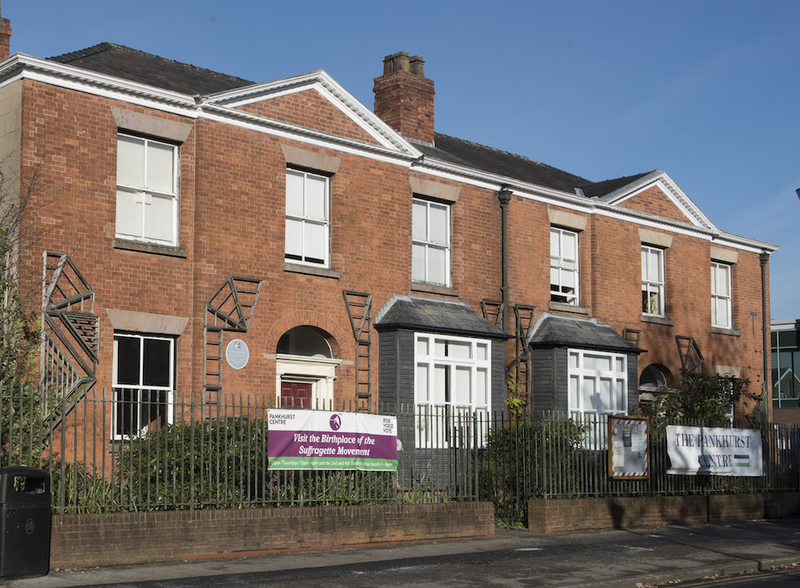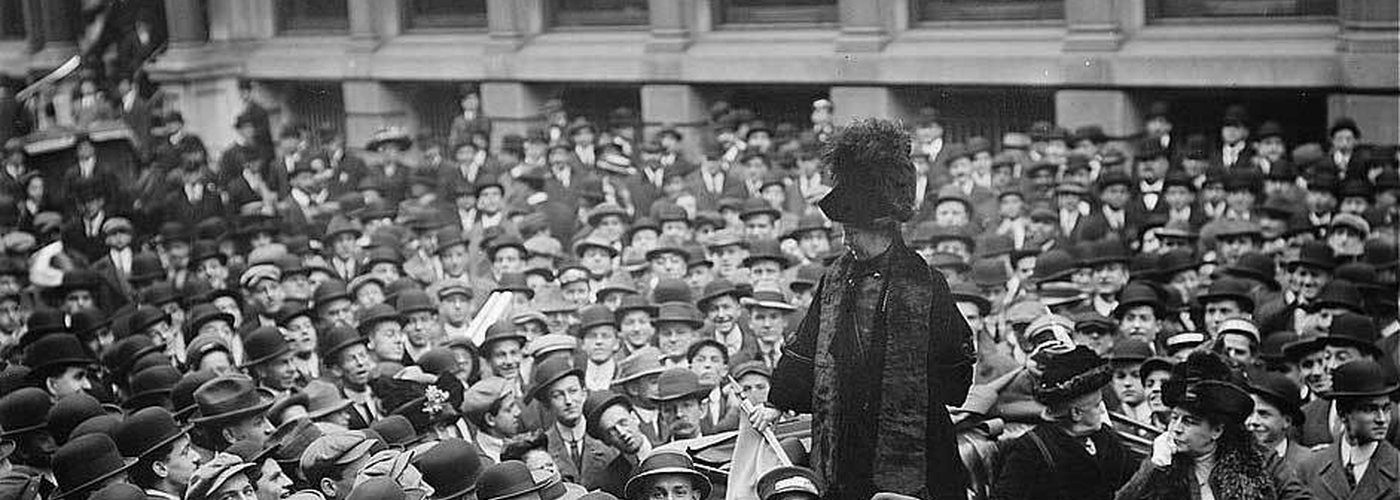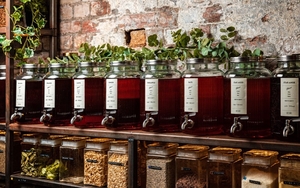41 other UK sites have also been relisted, as Historic England celebrates suffrage centenary
The grave of Emmeline Pankhurst, leader of the suffragettes, has been upgraded to Grade II* status by the Department for Digital, Culture, Media and Sport on the advice of Historic England.
Located in Brompton Cemetery, the sandstone tomb (Grade II-listed since 1984) joins just 5.8% of sites to be given the starred listing, which sits just below Grade I: an honour bestowed on only 2.5%. Listings ‘celebrate places of significance and make sure their history can be enjoyed by present and future generations’.
The upgrade marks the centenary of the Representation of the People Act - which finally gave (some) women the right to vote - and forms part of Historic England’s HerStories project. This has seen the heritage organisation work with researchers from the University of Lincoln to address the underrepresentation of women’s history in national records.

HerStories has also seen 41 other ‘sites of suffrage and sabotage’ relisted today, with Manchester venues including the Free Trade Hall (where the suffragette movement began) and Manchester Art Gallery (where suffragettes attacked paintings in protest).
Also officially recognised on the list are the sites of more unusual protests: from the school in Birmingham which so charmed a pair of suffragettes they left a note on a blackboard saying they couldn’t bear to set it on fire, to St George’s Hall in Liverpool where a suffragette hid in an organ loft for 24 hours so she could noisily disturb a speech by a local MP the next day. The full list can be found here.
While these places are already listed buildings, until now there has been no record of their suffragette history on the National Heritage List for England.

Suffragettes were predominantly members of the radical Women’s Social and Political Union (WSPU), set up by Emmeline Pankhurst in 1903. They followed a different course of action to the suffragists, led by Millicent Fawcett, who lobbied MPs peacefully for women’s right to the vote. Indeed, in February 1912, Emmeline Pankhurst (whose motto was ‘deeds not words’) declared that ‘the argument of the broken pane of glass is the most valuable argument in modern politics’.
READ MORE: Womanchester: Birthplace of Female Suffrage
Arguably, it was this approach that most progressed women’s rights, and Pankhurst’s efforts are rightly being celebrated 100 years on. Emmeline Pankhurst: The Making of a Militant - a documentary about the ‘working mum and militant activist’ will screen on BBC tonight - and The People’s History Museum recently launched a new exhibition, Represent! 100 Years On, which focuses strongly on the suffragette movement

This December, a statue of Pankhurst will be unveiled in St Peter’s Square - courtesy of the WoManchester statue project and Centenary City funding - while The Pankhurst Centre, Emmeline’s former home on Nelson Road, is now the UK’s only suffrage museum. Also home to Women’s Aid, a charity that supports women and children affected by domestic violence and abuse, it recently raised over £24K for a therapeutic garden. This will be showcased at RHS Tatton Park Flower Show next month, before being replanted at its new home.
Now, staff are calling on central government to secure the future of the Pankhurst Centre; which receives no public funding for its maintenance or management. To date, 69 MPs from six political parties have signed a letter to PM Theresa May, who visited the centre earlier this year, asking her to pledge financial support in this centenary year.
Now at least one branch of Pankhurst’s legacy will be ensured continued support, with Historic England’s Grade II* listing of her tomb.
Helen Pankhurst said: “On the centenary of 1918 it is wonderful to see Historic England playing a part in helping to preserve 41 sites of suffragette protest by identifying and sometimes upgrading their listing as part of their HerStories Project.
"The whole initiative is wonderful and I’m personally delighted that the tomb of my great grandmother, Emmeline Pankhurst in Brompton Cemetery is included in this project. Hopefully Historic England’s initiative will help ensure the grave site is given the care and attention it deserves.”















